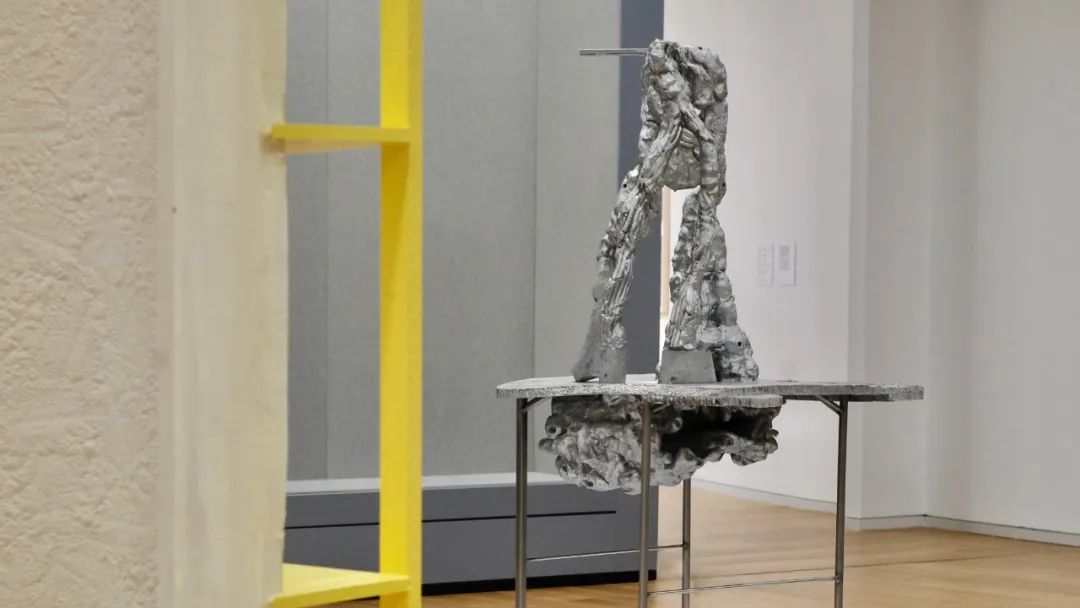Re: The 58th Venice Biennale International Art Exhibition China National Pavilion Tour
The works of four participating artists - Chen Qi, Fei Jun, Geng Xue and He Xiangyu - in "Re: The 58th Venice Biennale International Art Exhibition China National Pavilion" present the artists' exploration of "Re" from different dimensions, such as the consensus of civilization, daily life and their own perceptions.
As Wu Hongliang explains the theme "Re": "In the face of today's new problems, looking back may be the only way to gain insights from 'Re'.
Based on the past and the present, we had a dialogue with the four artists. By looking back again at the creation of this Biennale, they shared and analyzed the impact of the changing social context on the connotation of their works in the past two years.
Chen Qi
Born in 1963 in Nanjing, China. P.H.D. in Fine Arts, Executive Vice President of the Graduate School of the Central Academy of Fine Arts, Professor and Doctoral Supervisor.
The Venice Biennale exhibits the series of works "A Brief History of Time" and "Water", both of which are a reflection on the metaphysical, that is, the most essential thinking about time and life. These works are not intended to please the visual senses, but more to present the results of thinking, and then express them in the form of painting or installation. The choice of expression is also intended to better convey the artist's thoughts and to let the viewer feel the deep philosophical meaning behind these works.
Both works are very typical expressions of oriental spirituality, which are not so direct and the viewer can understand the thoughts and emotions more deeply when they go deeper. Therefore, the work itself is only part of the whole, and the other part needs to be experienced by the viewer, which means that the link between the work and the viewer can be realized through "Re".
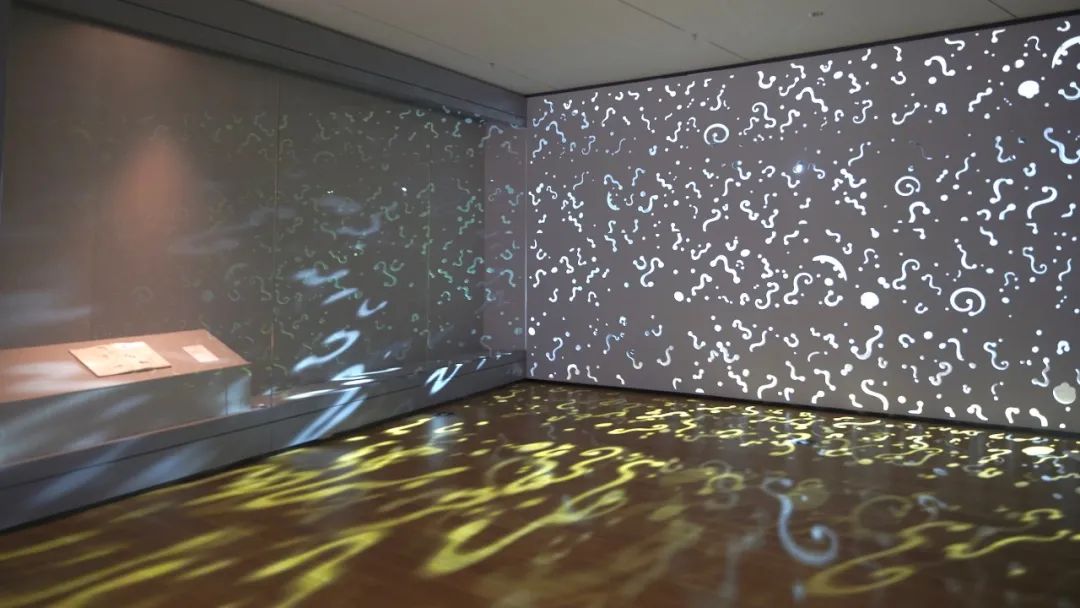
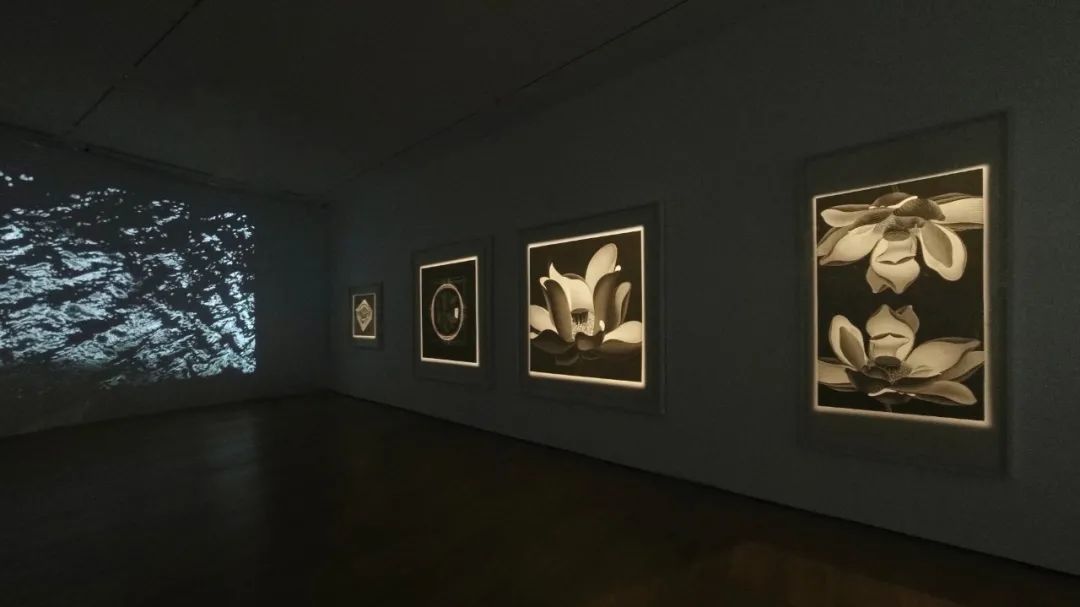
Fei Jun
Born in Jingzhou, China in 1970. He is currently a professor of Art + Technology at the School of Design of the Central Academy of Fine Arts, creative director of a collective ART + TECH, and co-curator of the Beijing Media Art Biennale.
During my study in the US, I thought about the meaning of "Re", and Re-Visit and Re-Veal of everyday objects was the theme of my master's thesis and graduation work. In my opinion, there is no absolute "original content" in this era, but only "original relationship". This relationship can be used to relate objects and images, or to create a field. "Re" is actually an open topic, which also contains a new way of thinking for Chinese people facing the complex world. So I generated three concepts of works based on the topic of "Re", which are composed of behavioral verbs: "Re-Search, Re-Build and Re-Connect", and created three interactive installation works for "Re-Search" and "Interesting World" series. Technology is always a means and not an end, but when we give a specific cultural message to the technology in the works, a human, global and cultural concern can be generated from within, which is also my original intention for the Biennale works.
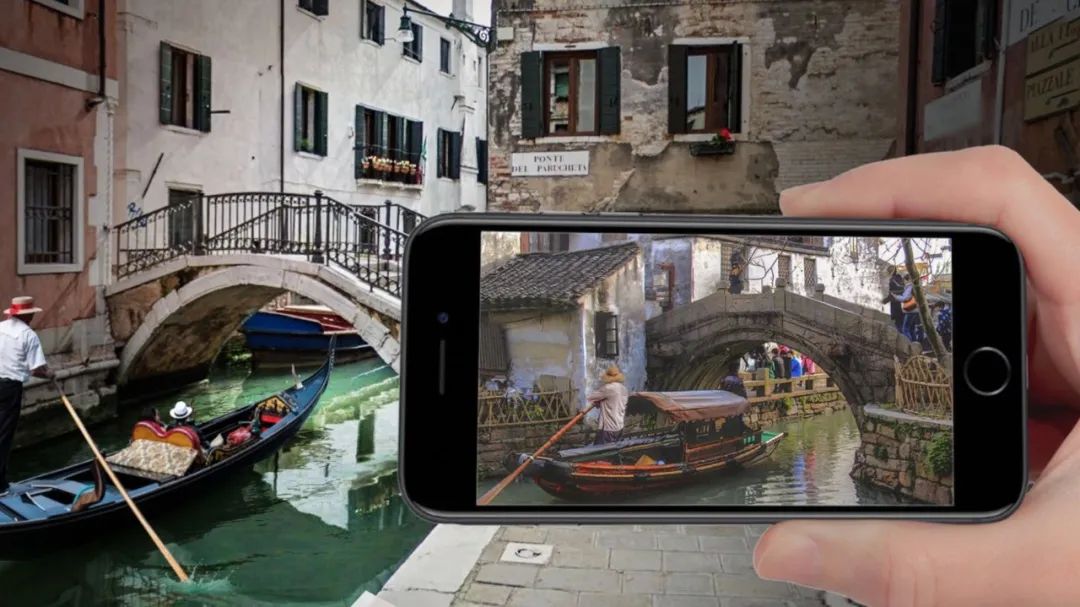
The nearly three-year touring exhibition not only allows more people to experience the works, but also attracts more people to participate in the co-creation of the works, especially in the installation of the work "Interesting World". The works evolved during the exhibition, and each touring exhibition had a new content.
The outbreak of Covid-19 affected the offline touring to a certain extent. In early 2020, I participated in an art project for young people in isolation, and initiated a live broadcast of the design and construction of a mobile cabin hospital in the installation of "Interesting Worlds". In February, 2021, I was commissioned by a non-profit organization in UK to create the internet participatory project "Foresight: Interesting Worlds". This work, a continuation of "Interesting Worlds" Installation 1, invited 13 co-creators from around the world to express their diverse visions of an uncertain future by creating each person's "interesting world. This "world", which is continuously evolving through user participation in its construction or transformation, not only creates a growing interactive artwork, but also serves as a metaphorical field research tool that allows more people to express their understanding of the world, and allows us to more effectively observe and explore the present. It is also a metaphorical field research tool that allows more people to express their understanding of the world, and allows us to more effectively observe and explore the complex and diverse worldviews of people in the "uncertain future.
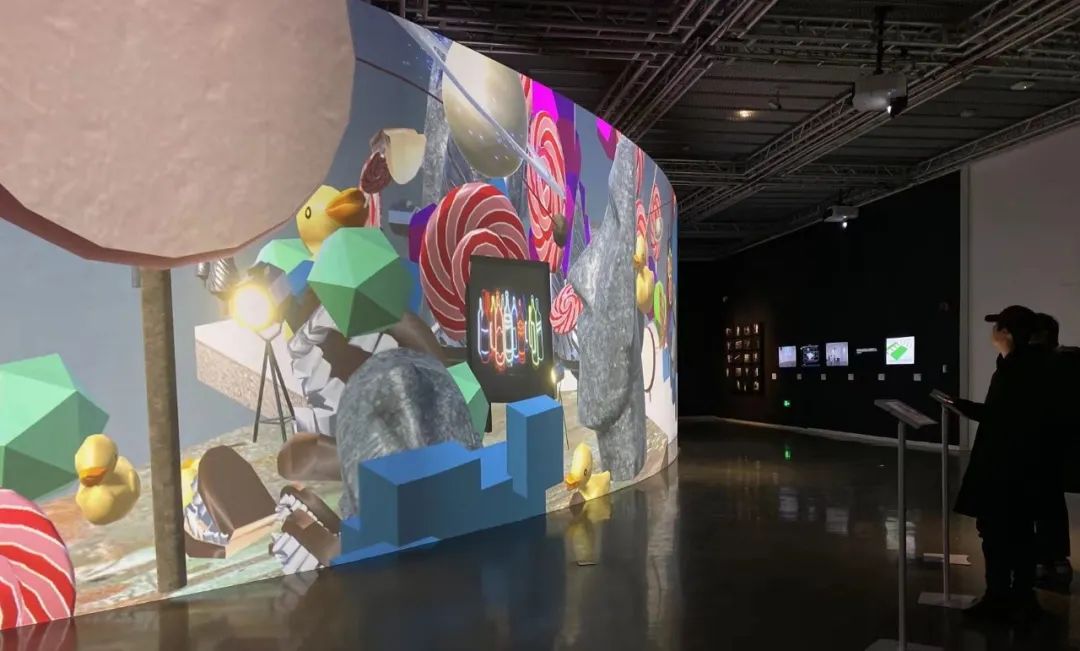
Geng Xue
1983 Born in Jilin, China. Currently teaches at the Sculpture Department of the Central Academy of Fine Arts. His works mainly include ceramics, sculpture and video.
"The Name of Gold" is related to my feelings about the world. This work was made before the pandemic. Many problems became more serious all of a sudden, and more conflicts came out, but before this work appeared, people could actually feel a lot of crises. Other people were doing something beautiful with sound, light, electricity, science fiction, looking into the future, while my work gave people a feeling of suffering, heaviness, depression, and anxiety. But I feel as if it is my feeling of the present node of the world, and just after it is done, the pandemic made me feel more to the state of the human being inside that work.
They have been constructing a behemoth, and we can't see the face of this thing in the film. I deliberately added some technological things such as circuit boards and wires inside this thing, which is also a symbol; this thing can talk and glow, it is a little bit religious, technological and futuristic. In short, I think we can understand that people go to build a god or a person, it is not a specific god, is to build a kind of future. People do this, but they actually sacrifice a lot in the process of working. I use clay as the language, people and the world are made of clay, and their bodies become tattered, and there are a lot of dramatic and interesting details in it.
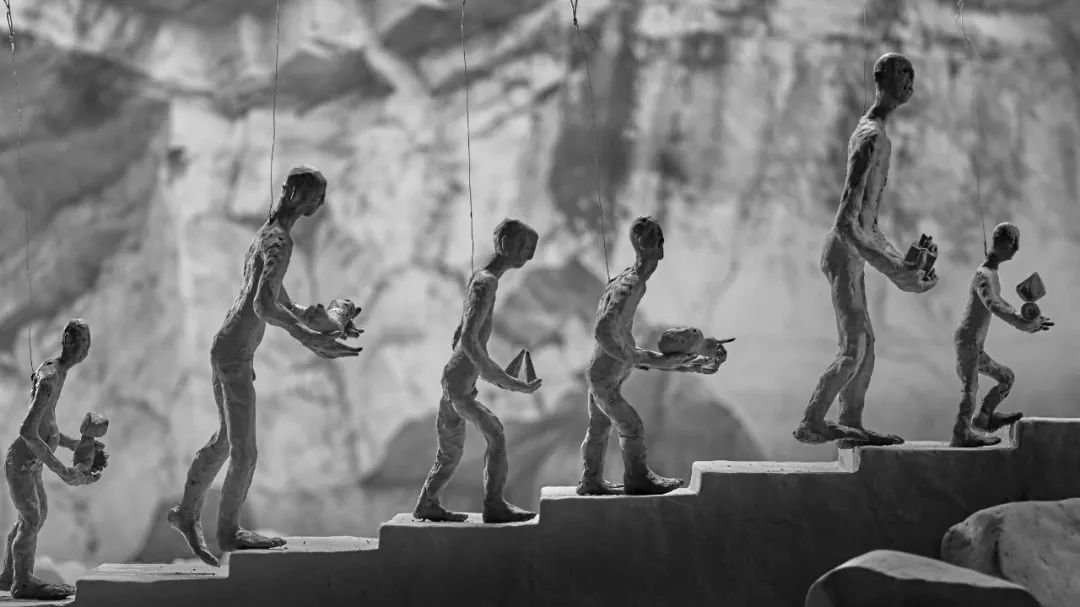
The exhibitions of this work in the past two years both at home and abroad have gave me a lot of feedback, people's understanding and suggestions about it, including a solo exhibition in Beijing which was a very full demonstration of it. Professor Yang Qingxiang from the School of Arts of Renmin University of China wrote an article, and I would like to quote a small paragraph from it:
"The Name of Gold" in 2019 is a more ambitious work in terms of volume. Using clay sculpture as the basic medium, with the help of multi-screen images and live sound and light installations, Geng Xue has constructed a scenic space with an epic quality for us. This space is multi-layered, with a screen buried in the clay sculptures scattered on the ground, as if from these screens we can see the abyss below, which is a layer of underground space...."
Yang's understanding and elaboration of the space in this work also deeply influenced my rethinking and feeling of this work. "The Name of Gold" is deeply connected to my time and my stage of life in my creative journey, which makes it a very real work for me.
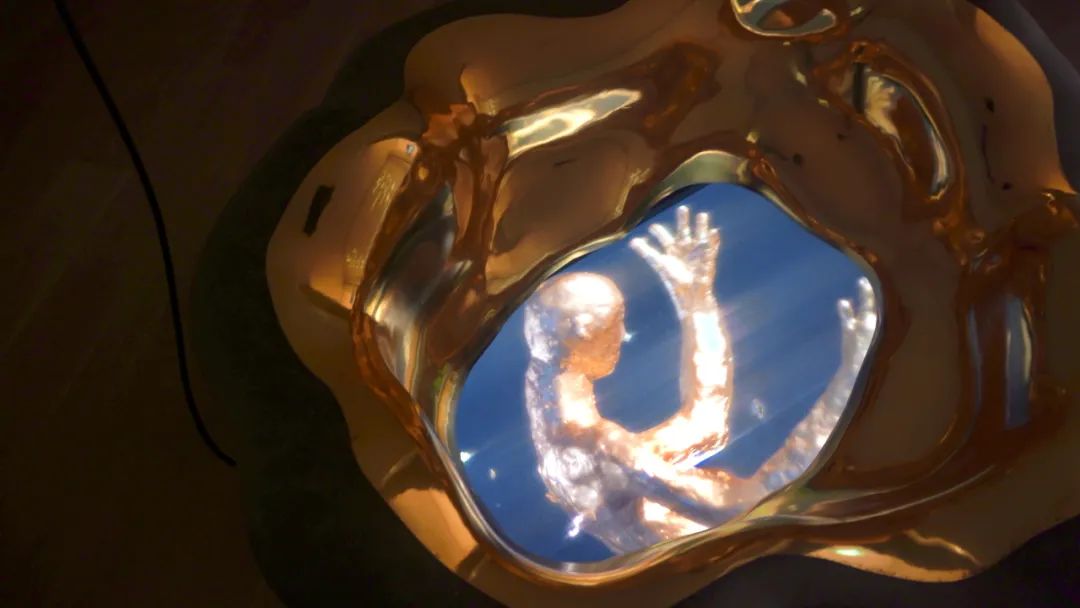
He Xiangyu
Born in 1986 in Liaoning, China. His creative practice can be seen as a material testing ground and conceptual laboratory for various individual, social and political themes. As an artist who grew up in a period of rapid urbanization in China, He Xiangyu attempts to embody or guide perception by the transformation between objects.
Ongoing project "Dental Program" started in 2012. After living briefly in the United States, I realized that the language barrier was overwhelming, so I began to "translate" the tactile sensation of my tongue touching the protrusions and grooves of my palate into painted images. The task of translation is to make the translated object clear and understandable, but the process of translation in this work seems to make my object (the inside of the mouth) more complex.
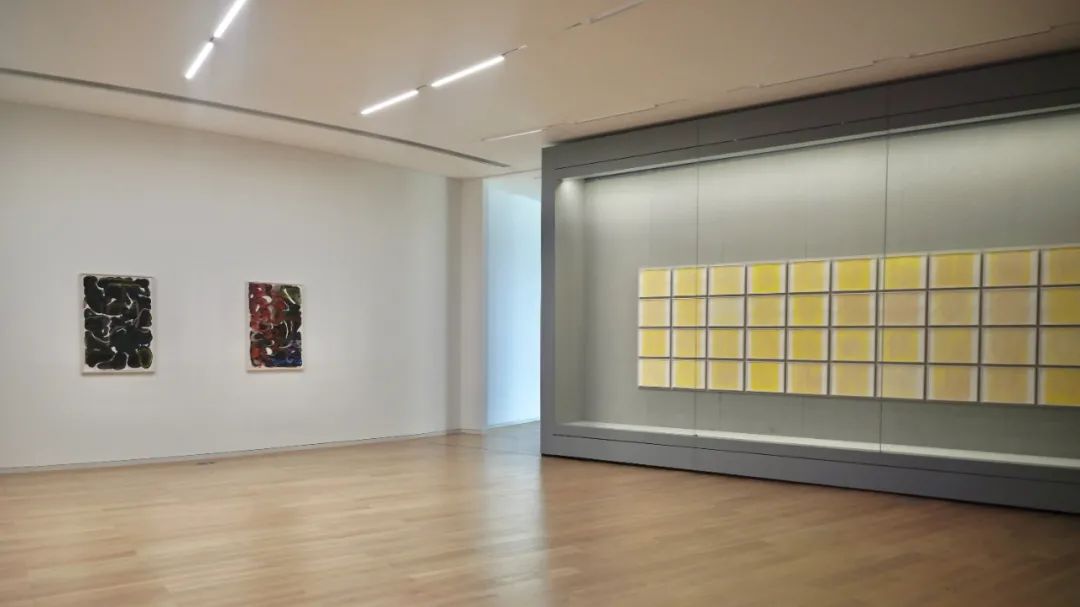
From 2019 to 2021, China, as well as the entire world, has changed dramatically. From Venice, the starting point of this exhibition, to the exhibition's latest touch point He Art Museum, every place has been changed by the pandemic and post-pandemic situation. Some of the changes are sobering, but others are vibrant, signaling hope and a future that can lead to understanding and collaboration.
